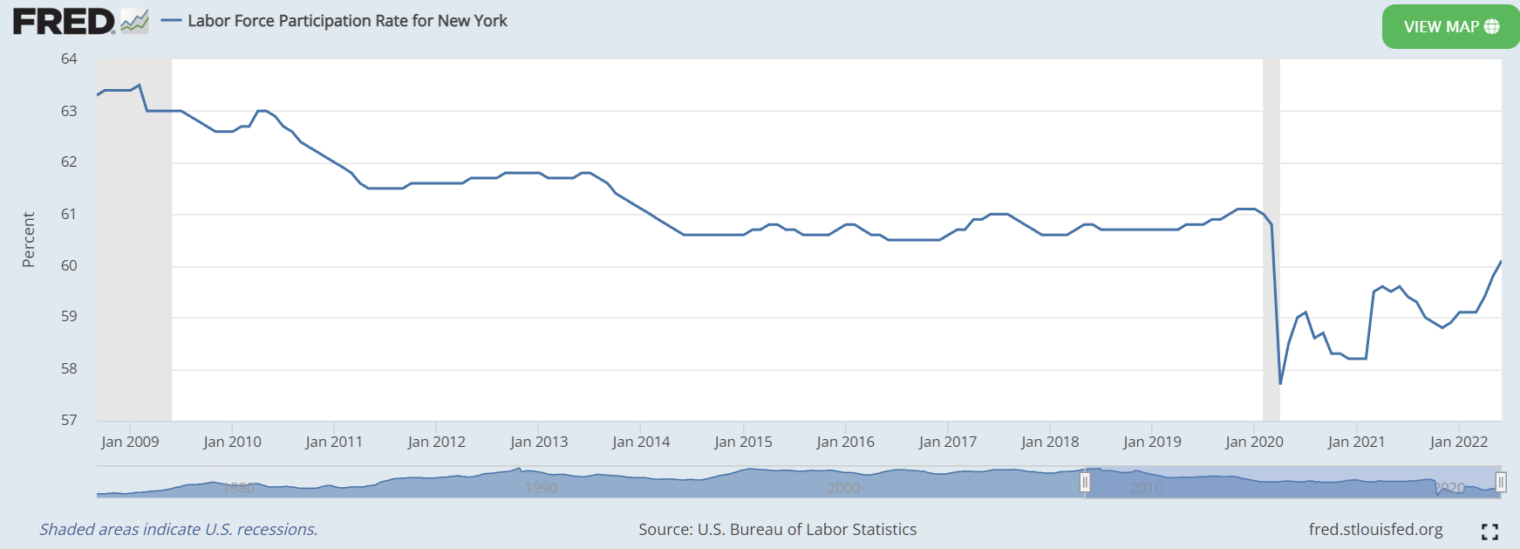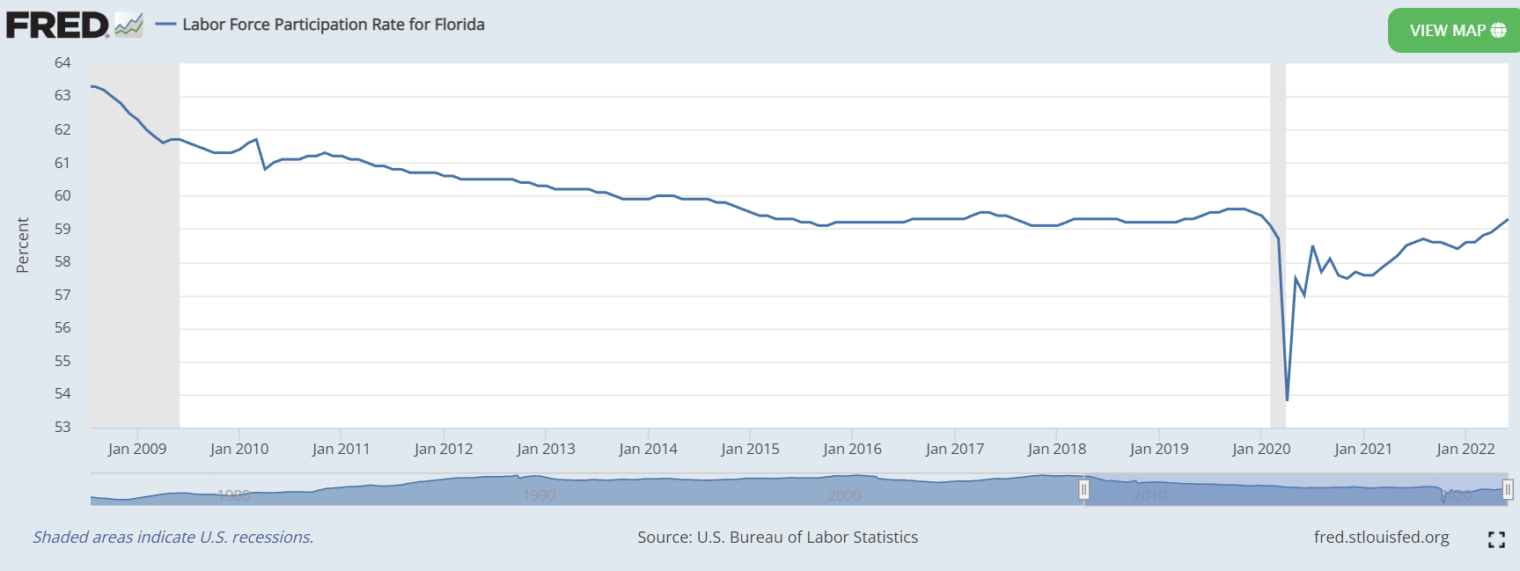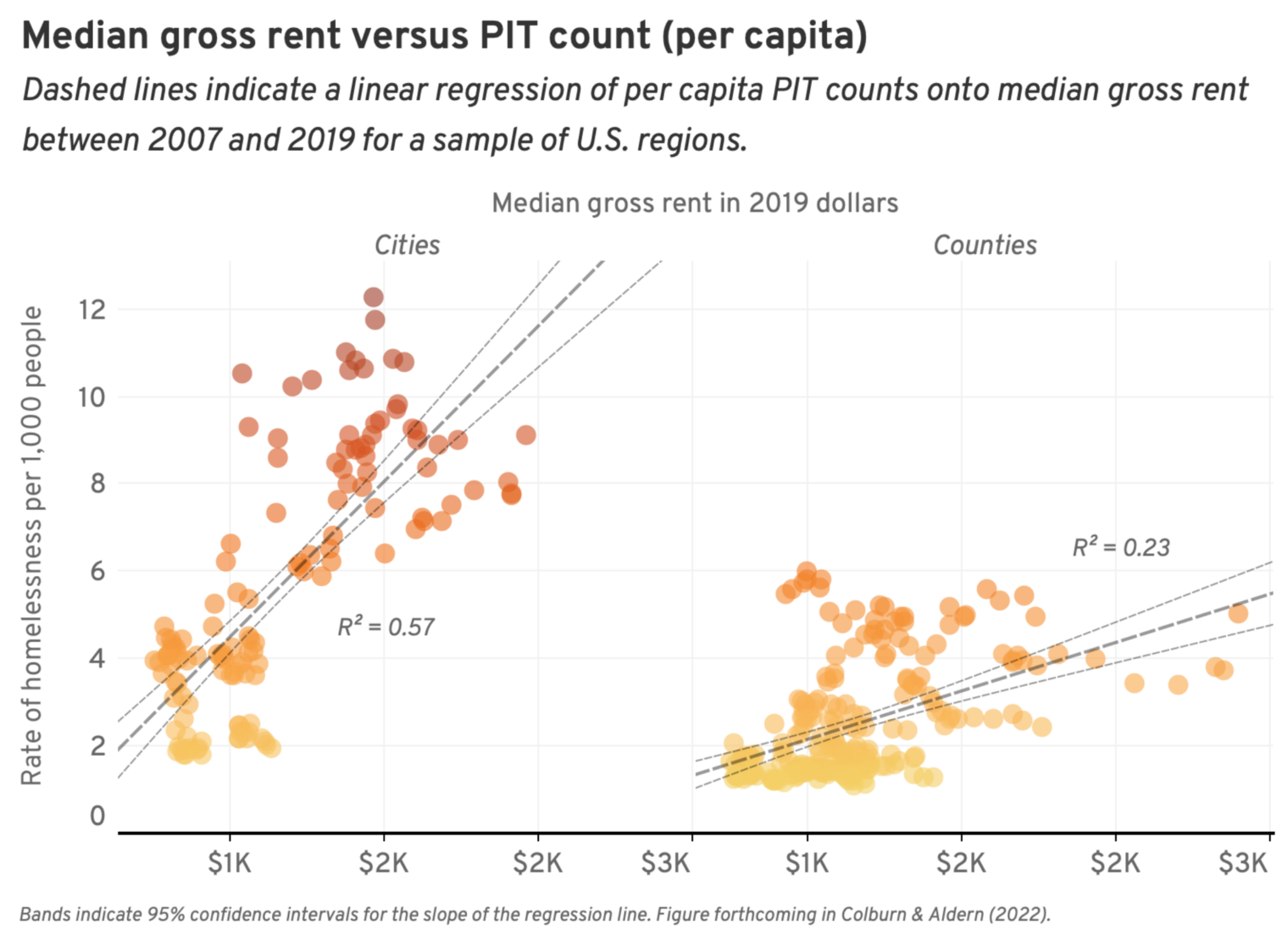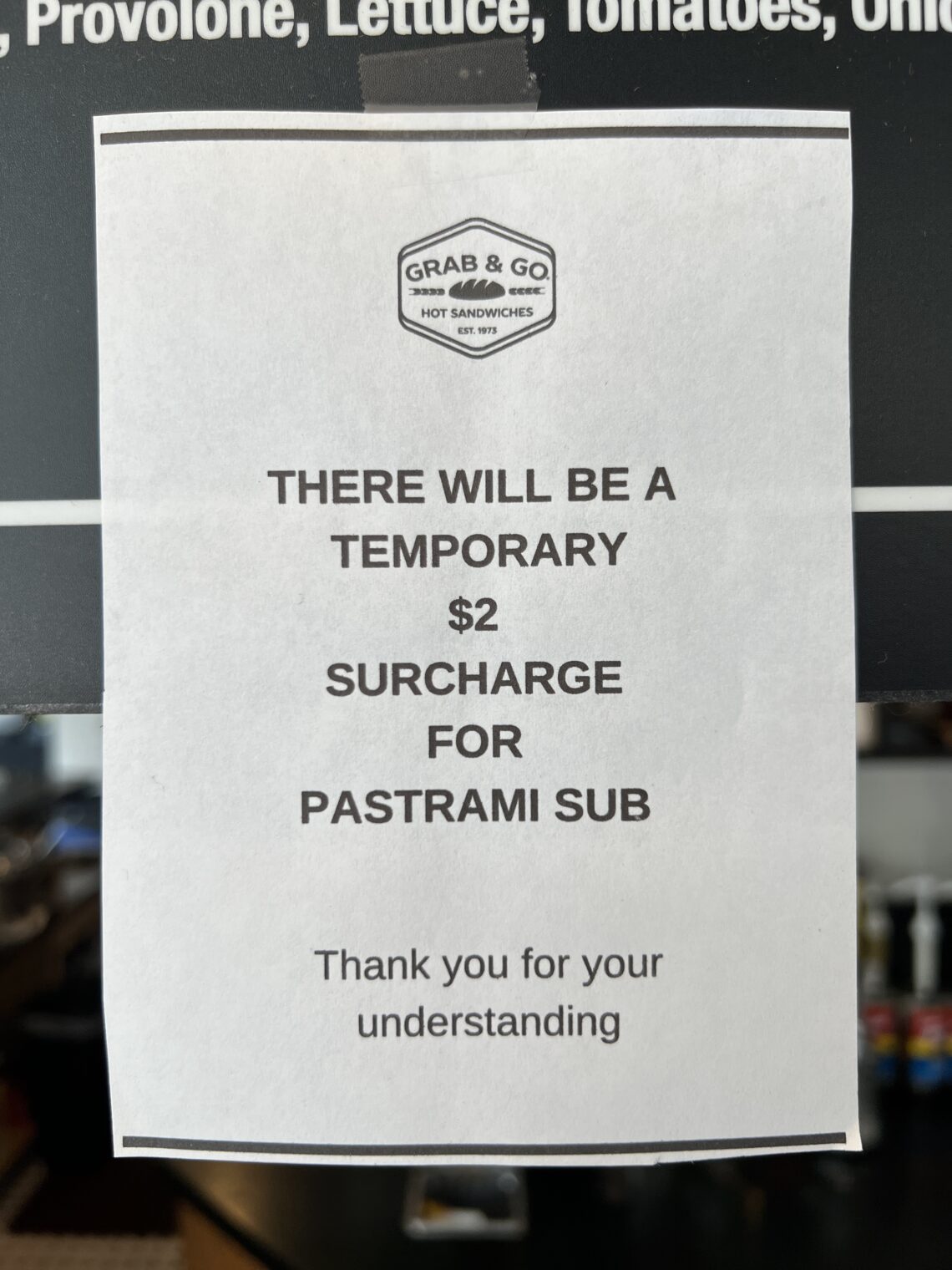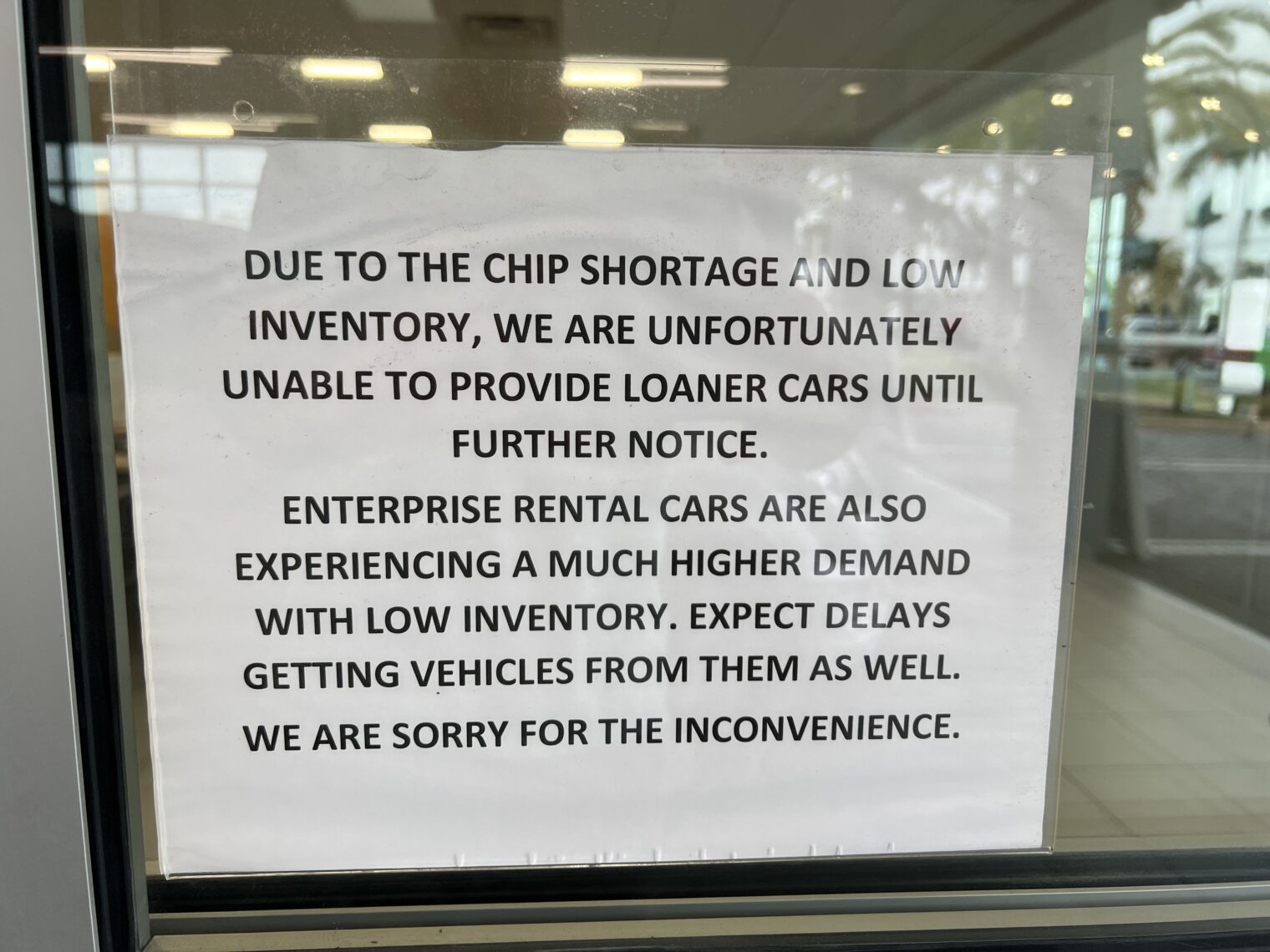Americans still prefer not to work, but that preference varies from state to state
While celebrating the fact that the U.S. economy has added back some jobs to pre-coronapanic levels, not bothering to adjust for the millions of additional folks who now occupy the United States, e.g., via immigration, the New York Times is forced to add the following:
In a substantial asterisk for the report’s broad strength, however, high demand has done little to expand the ranks of available workers by bringing people off the sidelines of the labor market.
And an accompanying chart shows that the trend of Americans sitting at home playing Xbox (back in stock!) is actually accelerating:
Does it make sense to look at these statistics on a nationwide basis? The level of coronapanic varied widely from state to state. The attractiveness of relaxing at home on welfare, compared to the spending power afforded by working full time at the median wage, also varies widely from state to state (CATO; see Table 4).
Let’s have a look at New York, where CATO found (2013) that the welfare lifestyle yielded 110 percent of the spending power of a median worker (St. Louis Fed):
Still down a full percentage point compared to pre-coronapanic. With perhaps some exceptions for young attractive women, Science-following Governor Andrew Cuomo made it illegal for New Yorkers to work and they followed his instructions. What about in Florida, where relaxing on welfare was worth only 41 percent of the spending power of a median worker and where the tyrant Ron DeSantis allowed people to continue working? (source)
Related:
- “Bartleby, the Scrivener” (“I would prefer not to.”), who would have loved public housing, Medicaid, SNAP/EBT, Obamaphone, and taxpayer-funded at-home broadband

